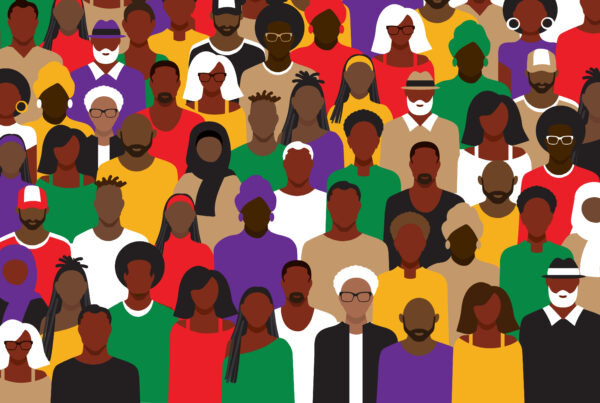June is Men’s Health Month and in recognition, Learn to Live would like to emphasize the importance of talking about mental well-being.
In recent years, there’s been a lot of progress around the de-stigmatization of mental illness—however, a certain demographic still carries a heavy stigma behind mental health: Men.
Let’s look at the numbers:
– Men are less likely to seek professional help for mental health related issues (approximately only 1 in 4)
– Over 6 million men suffer from depression each year
– Approximately 19 million men struggle with anxiety each year
– Around 3,020,000 men experience panic attacks
But why is there a stigma around men’s ability to address these issues? One possibility could be the stereotype that men aren’t emotional beings. Mental health concerns affect both men and women, but men may be less likely to talk about these feelings or seek help, especially if their symptoms appear to be different from others.
According to the National Institute of Mental Health, men can show different symptoms than women when experiencing a mental health challenge. “Some men with depression or an anxiety disorder hide their emotions and may appear angry or aggressive while many women express sadness.” Additionally, mental health symptoms can sometimes appear to be physical such as a racing heart, tightening chest, reoccurring headaches, or digestive issues.
In our ongoing effort to reduce stigma around mental health, it’s important that we encourage men to be open to talking about their feelings and aware of their symptoms as we work towards including mental health as part of our overall well-being.




